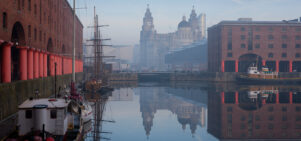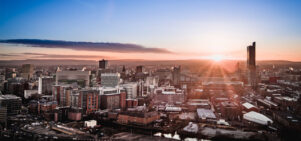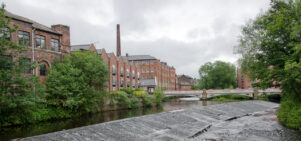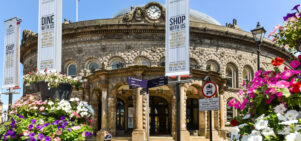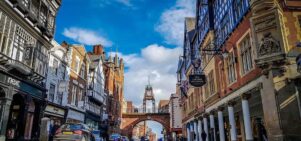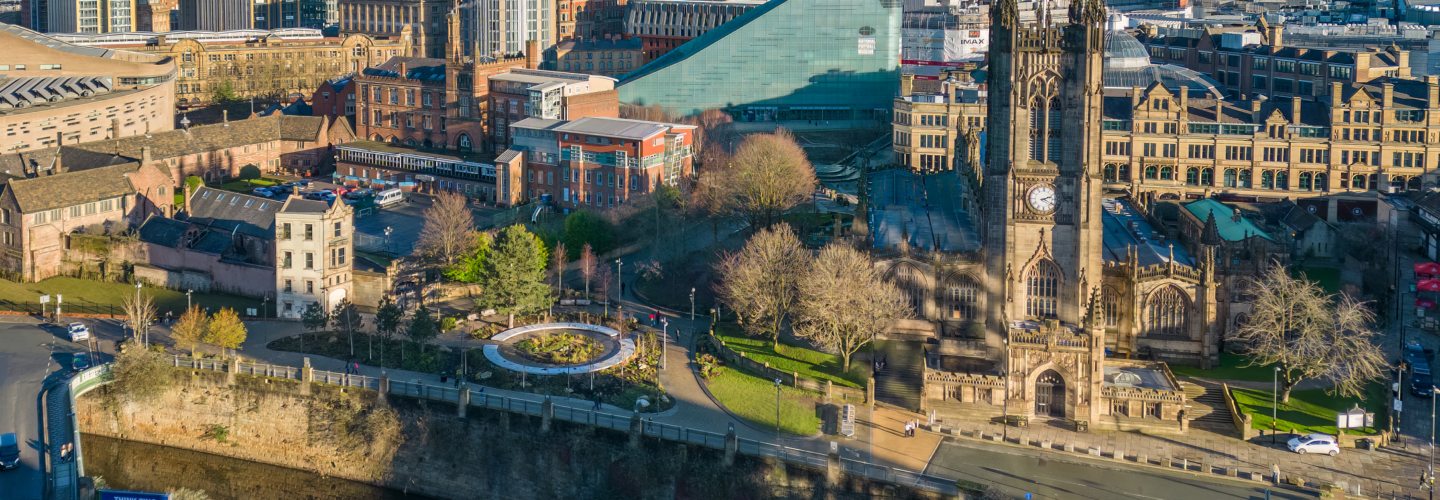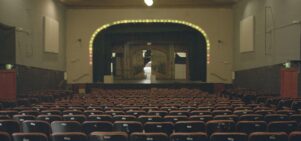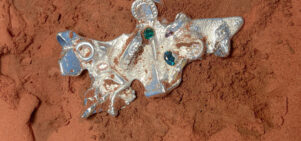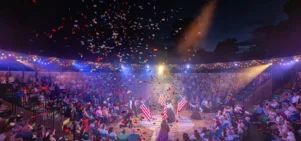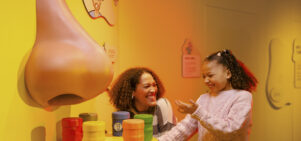“Glittering insects preserved in cultural amber”: Glam at Tate Liverpool
Flic EverettAs Tate Liverpool spotlights 1970’s Glam rock, pop and art, we wonder how it all went so very wrong.
Forty years on, if we think of the Glam era at all, it is as a mildly embarrassing footnote in the history of pop culture; a brief flash of cartoon trousers and sequinned capes on Top of the Pops. It is bands such as Slade, a bunch of meaty Brummies dressed as camp superheroes, or the prancing, Tolkien-esque shame of Wizzard. But Glam was originally supposed to be an aesthetic sensibility, a knowing collision of camp, artifice and illusion, a movement that spilled its thrilling rainbow of glitter across art, music and fashion. It was a celebration of androgyny, decadence, empty hedonism and performance… yet it resembled nothing so much as a Sixth Form Revue, hosted by Simon from the Inbetweeners in gold hot pants and a top hat.
As an artistic movement, it was as shallow as a drag queen’s ashtray, littered with the burnt-out stubs of other, more compelling movements: psychedelia, 50s crooners, the bitter cynicism of the Weimar Republic. This was the early 1970s, the long, Nurofen-less hangover which followed the all-night party of the 60s, and they’d pretty much run out of fun.
There is a narcissism which runs through this era like baby laxative through a line of cocaine
With the exception of the odd genuine talent – Bowie, who was clever enough to reinvent himself once the sub-Warholian posturing had turned rancid, or the US filmmaker Jack Smith, whose mannered stills featuring drag queens in the poses of Old Hollywood had an arresting strangeness – for the most part, Glam was a synonym for “no new ideas”. It was simply a chance for languid art school graduates to avoid the grim reality of a world dominated by strikes, the three-day week and decaying Woodstock survivors at a time when, in the words of Withnail and I’s Danny, “they’re selling hippie wigs in Woolworth’s, man.” By borrowing a new self, one dusted with the trashy glitter of Warhol’s Factory and soundtracked by thrashing guitars, it was possible to stare endlessly into the mirror, in preference to engaging with the misery of being young at a time when youthfulness was no longer heaven.
There is a narcissism which runs through this era like baby laxative through a line of cocaine – which was, of course, the drug of choice for this endlessly self-referential, hollow movement. In the Glam! exhibition at Tate Liverpool, this narcissism reaches its apex in the Guy Bourdain photograph of a female mannequin lying supine in a roomful of mirrors. The shot isn’t even about her. It was taken to sell Charles Jourdan shoes.
Glam was not the dark chants of Gary Glitter (who, with hindsight, looks like all our worst clown fears made flesh) or the brutalist stomp of The Sweet’s number one hit, Block Buster. It was just a bunch of people who didn’t have a great deal of talent, but who realised that picking over history like Filipino tip-kids could garner them enough satin, fairy lights and borrowed finery to colour themselves interesting. Glam was, in fact, the X Factor audition of the 1970s, a crowd of preening wannabes standing in the spotlight, begging to be looked at – and nothing more. Those who had ability (Bowie, Ferry, Anthony Price and Derek Jarman), got out fast. Those who didn’t remain preserved in cultural amber, like glittering insects trapped in an infinitely forgettable moment.

